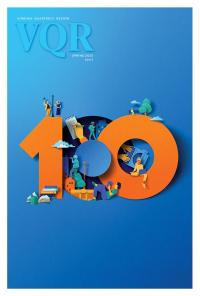Image


You should really subscribe now!
Or login if you already have a subscription.
Pablo Amargo’s work has been published in the New York Times, the New Yorker, Jot Down Magazine, and National Geographic, among others. He has also designed book covers and posters. Amargo has received several significant illustration awards throughout his career, including the National Spanish Award, the...